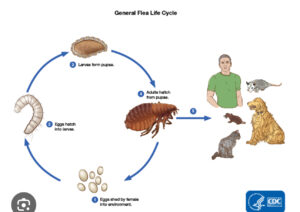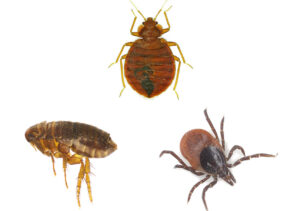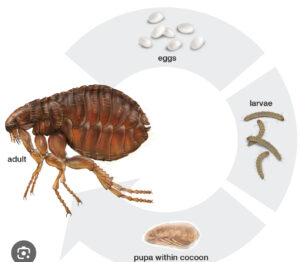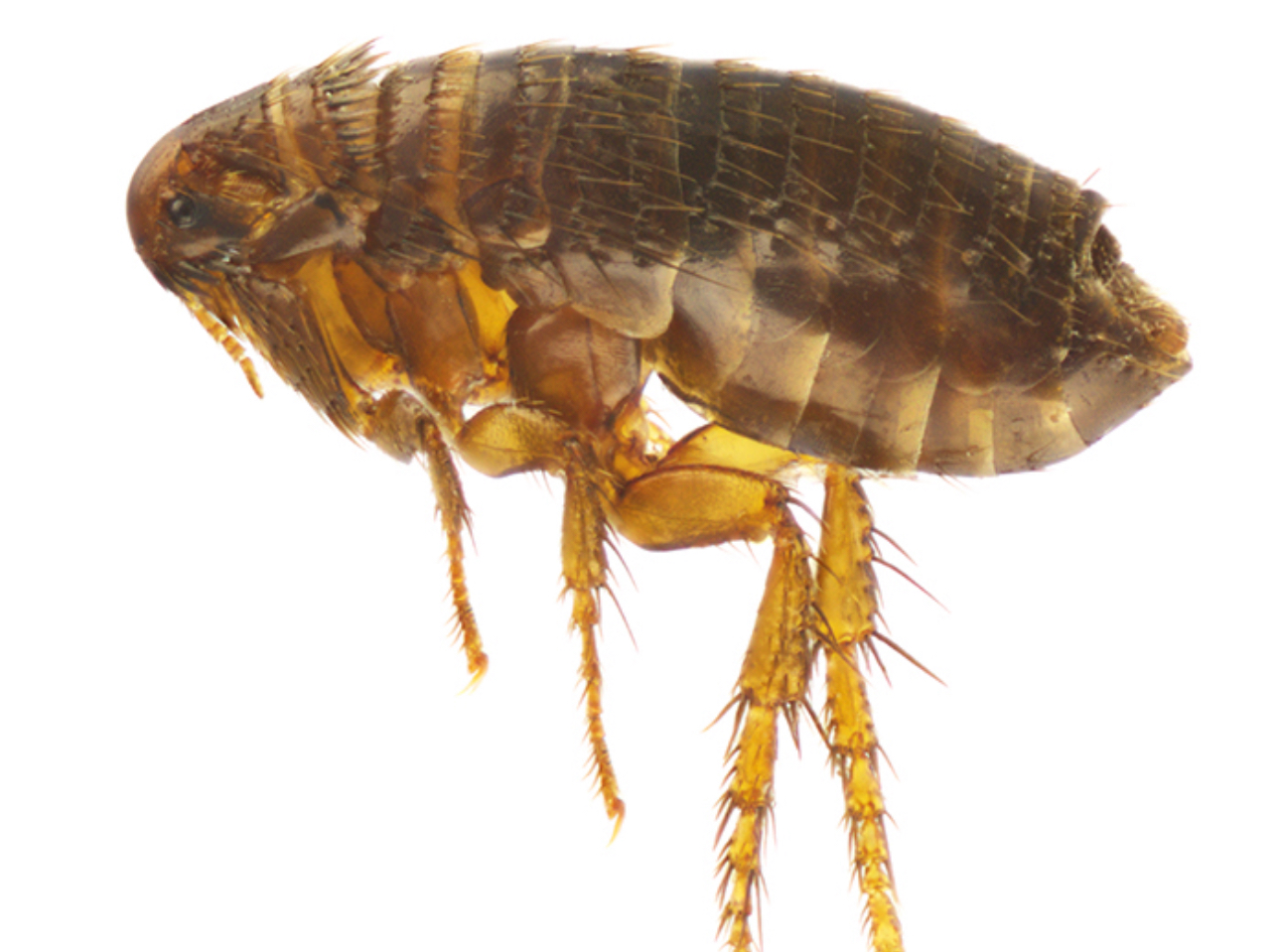How to get rid of fleas
Step 1:
Inspect and find the source. Often times it can be your household pet; your cat or dog. If this is the case, make sure to get your cat and dog to the vet for flea medication. It is important to keep your cat and dog on monthly flea meds. It could also be wild life around or under your home.
Step 2:
Clean and clean some more. This step is critical to getting rid of fleas. Thoroughly vacuuming your carpet throughout your house each and every day. That point is worth repeating, vacuuming, thoroughly each and every day for a period of two weeks minimum.
Areas where your pets bed should be thoroughly cleaned, vacuumed, and washed in high temperature water and dried on high temperature heat setting. We recommend doing to wash cycles.
Often times people overlook the cleaning portion or cut corners when doing the cleaning. Do not make this mistake. This is vital part of flea control.
Step 3:
Get a licensed professional general pest company to do a treatment. Do not waste your money on store-bought products such as “flea bombs”. These products are inefficient at best. Most of the time they actually make the problem worse. Make sure your company is license through the state board and carries insurance, bond and workers compensation.

How to get rid of fleas:What to expect?
What to expect when a professional company does a flea service. They will inspect the interior and exterior of your home to figure out the source of the problem. Sometimes it’s your pet as previously stated, but other times it could be that you’re having wildlife in your yard. Raccoons, opossums, skunks, rodents, deer or foxes all have fleas or mites. 🦝 🐀 🦌 🦨 🦊
After inspecting, they will put together a plan for treating your home. A treatment can include an exterior perimeter treatment; this will concentrate on landscapes and shrubbery. Interior along the baseboards, cracks and crevices will be treated with a flea specific product; most likely a micro encapsulated time released product. Then an interior fogging. With the fogging be prepared to leave your house for 4 hours or as the label instructs. The professional technician will let you know exact time you will have to vacate the home.
How to prep for this service:
Put away any perishable foods including dog and cat food. Pick up children’s toys or other personal belongings that may be on the floor. If you have a fish tank, make sure it is covered so no products get exposed to your aquatic pets.
After treatment:
With fleas, it is never a one time service. It will take a few services. The professional technician will go over the plan of action with you. But anticipate having at least 2 to 4 services done it depends on the level of infestation. Typically services will be spread out every 2 to 3 weeks.
The reason you need follow-ups is because fleas when they’re in the pupa stage of life they are not affected by the products. So the adults will be killed by the products but more will turn to adults in the next few weeks.
In between services, you have to return to step 2, cleaning. You will need to vacuum each and every day for two weeks. The reason that vacuuming is so effective and part of the flea control process is because you will vacuum some of the fleas and the pupa. But the vacuum also will make the fleas that are in the pupil case believe they are on a host animal and the animal is scratching. This scratching will cause the pupa to turn to fleas and they will be looking for a meal. When they turned to fleas, they will be exposed to the product and die.
To recap:
Inspect to determine the source or sources of the fleas. Address the source. Vacuum and clean. Get a professional flea treatment by a licensed general pest company. Vacuum and clean. Follow the technicians follow up protocol. Keep your pet on flea monthly medication. And enjoy a flea free home!








